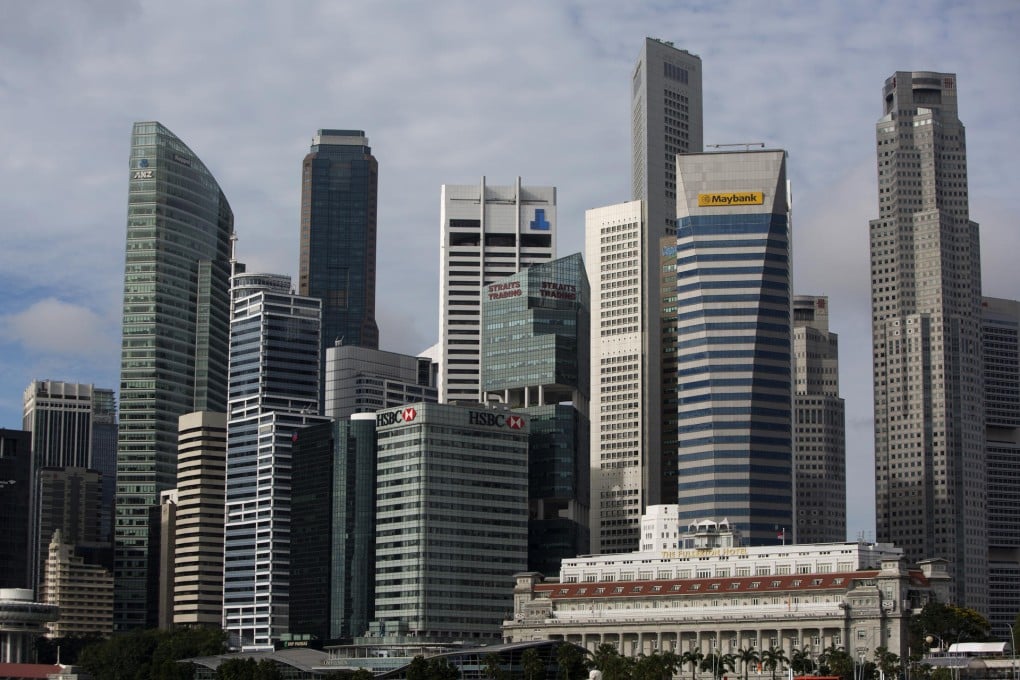Concrete Analysis | Asian cities redraw urban boundaries
Lack of space for expansion in core urban areas is pushing planners towards creating new industry hubs and decentralised office areas

Simultaneously dense, sprawling and heterogeneous, Asia's gateway cities of Tokyo, Beijing, Shanghai, Hong Kong and Singapore are all driving forces in the Asia-Pacific economy.
Within the overall geographical reconfiguration of the operation of business, town planners in Asia's gateway cities are increasingly inclined to encourage development of clustered forms of economic activity.
However, it should be underscored that the very different spatial and socioeconomic character of each city directly shapes its individual capacity for urban change. More specifically, the geographic constraints and development histories of each city have directly determined the strategies that have been settled upon in the reconfiguration of their office hubs.
We explored four different major approaches that the cities have adopted: extension of existing central business district; formation of new CBD; creation of industry-specific hubs; and creation of decentralised back-office areas.
With respect to Asia's major gateway cities, lack of available land for further expansion in core urban areas is pushing town planners and policymakers in the direction of forming new CBDs, creating new non-core industry-specific hubs as well as decentralised office areas. Indeed, Beijing is one of the few Asian gateway cities that still has a substantial tract of land directly to the east of the core CBD, currently under active preparation for generation of a CBD Eastward Extension district.
In Singapore, in a similar, if smaller-scale, urban design move, pressure on Raffles Place CBD will be alleviated through the expansion of the Southern Waterfront, which is planned to be a mixed-use district connecting Marina Centre to future commercial developments along Rochor and Bukit Timah canals.
As one of the most mature office markets in Asia, Tokyo is not planning to physically extend its CBD, but to upgrade a number of non-core or underutilised areas that lie within the core Central Five Wards. This will involve upgrading the Toranomon district into a major new core area, not far from Marunouchi/Otemachi.
